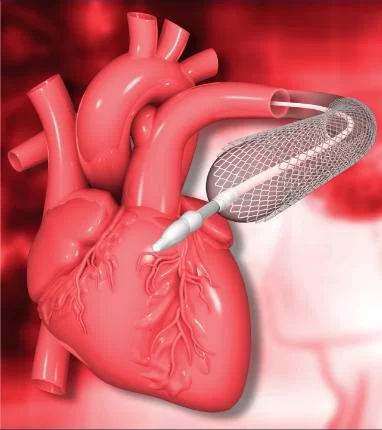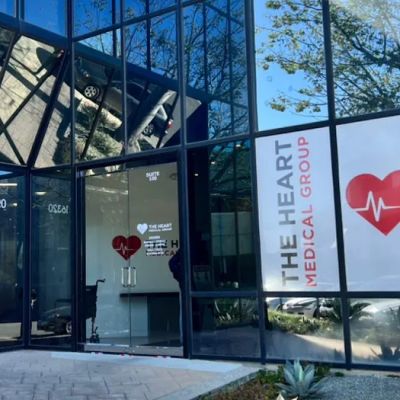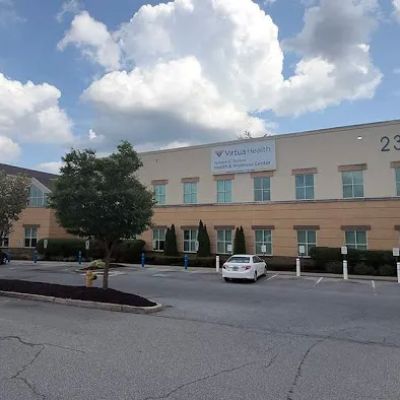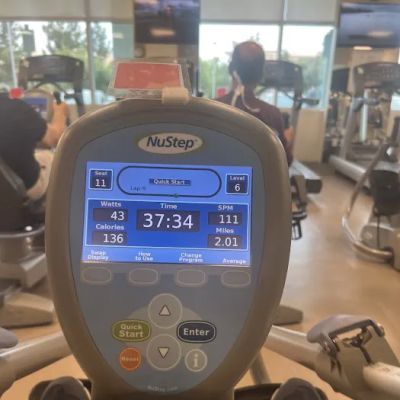How Cardiologists Use Angioplasty to Treat Blocked Arteries and Improve Heart Health
- Understanding the Angioplasty Procedure
- Treating Blocked Arteries with Angioplasty
- Real-life Case Studies: Angioplasty Success Stories
1. Understanding the Angioplasty Procedure
Angioplasty is a widely used medical procedure performed by cardiologists to treat blocked or narrowed arteries in the heart. It involves inserting a tiny balloon catheter into a blocked artery to help widen the vessel, improving blood flow to the heart. This procedure is commonly used to treat patients with coronary artery disease (CAD), a condition where the arteries supplying blood to the heart become clogged with plaque.
During angioplasty, a catheter with a deflated balloon is threaded through a blood vessel, usually in the groin or wrist, to the site of the blockage. Once the catheter reaches the narrowed area, the balloon is inflated, pushing the plaque aside and allowing the artery to open up. In many cases, a small metal mesh tube, called a stent, is placed to help keep the artery open, reducing the risk of future blockages.
Angioplasty is a non-invasive alternative to traditional open-heart surgery, offering patients a quicker recovery time and less discomfort. In fact, many patients are able to go home the same day or the day after the procedure, depending on their individual case.
2. Treating Blocked Arteries with Angioplasty
Blocked arteries are a major cause of heart attacks and other cardiovascular issues. When the heart’s blood supply is restricted due to a blockage, the heart tissue can become starved of oxygen, leading to severe complications. Angioplasty has become one of the most effective ways cardiologists treat these blockages, restoring proper blood flow to the heart and preventing further damage.
The decision to undergo angioplasty is typically based on the severity of the blockage and the overall health of the patient. Cardiologists assess the extent of the blockage using diagnostic tests such as coronary angiography, which involves injecting a contrast dye into the coronary arteries and taking X-ray images to visualize the blockage.
For patients suffering from symptoms like chest pain (angina), shortness of breath, or fatigue, angioplasty can provide relief by improving blood circulation. This allows the heart to function more efficiently and reduces the risk of heart failure, strokes, and heart attacks.
In addition to treating individual blockages, angioplasty can be a key part of a broader treatment strategy for managing coronary artery disease, which may also include lifestyle changes, medications, and ongoing monitoring by a cardiologist.
3. Real-life Case Studies: Angioplasty Success Stories
Real-life success stories of angioplasty highlight the significant difference this procedure can make in a patient’s life. Take the case of a 65-year-old woman who experienced chest pain and was diagnosed with severe coronary artery disease. After undergoing angioplasty to treat her blocked arteries, she regained normal heart function and was able to resume her daily activities without the constant worry of heart complications. This procedure not only saved her from more invasive heart surgery but also improved her quality of life.
Another success story is of a middle-aged man who had been struggling with high blood pressure and diabetes, both of which contributed to the narrowing of his arteries. After his angioplasty procedure, his symptoms significantly improved, and his doctors were able to closely monitor his progress to prevent future issues. His ability to maintain a healthy lifestyle, combined with the benefits of angioplasty, helped him manage his condition without the need for open-heart surgery.
These examples demonstrate the effectiveness of angioplasty as a life-saving procedure that can help patients maintain heart health and avoid the risks associated with more invasive surgeries.





















